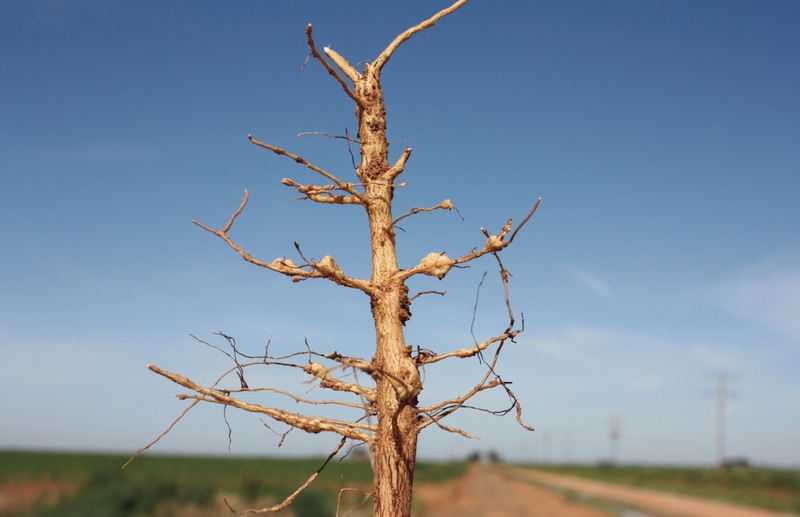A Look at Changes in Cotton and Textile Engineering Education
Cotton and textile engineering education’s landscape has been changing to better reflect the change and growth of the field.
Professor Gajanan Bhat, chairperson of the Department of Textiles, Merchandising and Interiors at the University of Georgia, (UGA), Athens, reflected how education in the field of fiber science and textile engineering has evolved and continues to change.
This year, the University of Georgia is celebrating 100 years of offering courses in textiles and clothing. With the ending of World War I in 1918, the university created the division of Home Economics that offered textiles courses. Today, UGA offers graduate degrees in polymer and fiber science and international merchandising. Undergraduate level education focuses on fashion merchandising and design in many institutes in the United States and Europe.
Advanced level research and education focuses on smart materials, polymer and fiber science and management – a focus that has shifted from the traditional offering of textile engineering courses. Bhat, who has been in textile academia for 29 years, noted that the shifting of textile manufacturing in developed economies has forced this change.
While textile engineering was one of the founding departments of Texas Tech University in 1925, fiber-related advanced level degrees are offered through the university’s Department of Environmental Toxicology and Plant and Soil Sciences. Students with textiles and fiber science backgrounds can get graduate degrees in the Department of Environmental Toxicology focusing on materials science projects focusing on countermeasures to toxic chemicals, and materials to enhance human health and protect the environment, such as cotton-based materials to absorb toxic oils.
According to Bhat, research areas in the UGA’s Department of Textiles, Merchandising and Interiors focus on nanocellulose, niche manufacturing areas such as digital printing, and bio-based plastics from algae.
As with the case of the University of Georgia and Texas Tech University, the landscape of textile engineering education has shifted in the past 100 years to reflect the need and the nature of the field. Yet, the field still offers many emerging opportunities, including integrating electronics with textiles, cost-effective biodegradable materials, and taking cotton into next phase by infusing functional capabilities for cotton at the farm level.










